In last year’s POC Reading Challenge, the goal was to read as many books written by people of color or that included characters of color. This year my Heritage Reads challenge focuses solely on the number of authors of color I read.
For example, Beverly Jenkins only counts once even though I read two of her books. Soman Chainani counts even though The School of Good and Evil only had one or two minor characters who were described as dark- or tan-skinned. Kate Elliott, whose Spiritwalker Trilogy prominently includes African peoples and Native peoples (The Taino to be specific! Most of Cold Fire is set on the island now shared by Haiti and the Dominican Republic. My heart swelled with joy as I read.), doesn’t count at all.
While both challenges were part of my efforts to increase diversity in publishing, the POC reading challenge was inadequate for three reasons.
1. It did not take into account the quality of the diverse characters.
I spent too much time trying to determine if a diverse character was prominent enough. Is that a suntan or a natural complexion? Does the nameless Latino character with no lines count? Should I count the book as a POC read even if the character is a token? What if the character is a Magical Negro, a mammy, or a Sassy Best Friend? Is the book still “diverse?” In retrospect all of the questions were my way of cutting corners and settling for “close enough.” That is unacceptable.
2. It ignored the privilege of white authors.
I started reading at a young age and can rattle off the names of many favourite authors. Most of those authors are white. I don’t have a favourite author of color simply because I have not read enough books by people of color. White authors are more prominent in bookstores, more heavily marketed, and more widely published. As I have said before, unless you actively seek out books by people of color, you are not likely to stumble across very many.
3. I was reading the same old crap.
Okay, maybe crap is too strong a word. But after years of reading primarily historical fiction, fantasy, and romance, the narratives started to get repetitive. At first I thought I was growing out of the genres and tried to branch out. This helped for a bit (I discovered that I really love literary family sagas and some contemporary fiction) but genre fiction still my go-to for an entertaining read. Stale tropes, I resigned myself, were a small price to pay.
I realize now that all the stories sounded the same because the majority were written by middle-aged middle-class white people from the West. The lack of diversity was reflected in the lack of innovative ideas.
So far the Heritage Reads challenge has addressed all of these issues. Since I’m focusing on authors, not characters, I can usually refer to the author photo and bio to check if they fit the parameters of the challenge. Very little guessing involved and no racking my mind trying to determine if the book is diverse enough. Reading book by authors of color is now my priority, eliminating the monopoly white authors used to have over my time and money. Finally, but most importantly, the narratives and voices in the books I’ve read so far are so different from anything I have encountered before. These books are literally rocking my world and forcing me to rethink everything I knew about storycraft. So many times I would catch myself gaping in wonder and have to close the book for a second and breathe. Books that gave me heart-palpitations of joy include:
The Killing Moon by N.K. Jemisin
My Soul to Keep by Tananarive Due
Brown Girl in the Ring by Nalo Hopkinson
Ghana Must Go by Taiye Selasi
Who Fears Death by Nnedi Okorafor
In conclusion! This challenge has been a blessing to my reading life and I will probably do it every year. Who knows? Maybe one year I’ll be so busy reading fantastic books by people of color I won’t have time to read anything else!
How are you incorporating diversity into your reading? Would you ever take this challenge? Share in the comments!


I focus on American Indian/First Nations authors because when I do, a teacher/parent/librarian can say “Eric Gansworth is…” or “Cynthia Leitich Smith is…” Emphasis on that two-letter word: is. Too many people don’t know we’re still around. We being peoples of the Indigenous nations of the US and Canada.
I’ve been doing this challenge on my own since I have such specific parameters but there seems to be a lot of interest in a diversity challenge of some sort. Maybe I’ll whip up a mini-challenge for September and see how that works.Thanks for following!
Hi there. This is my first time on your blog and thanks to Tanya at Girlxoxo for the link to this post. One, I totally agree and I love this. Ever since I started blogging I have noticed the gap in authors and characters of color on other blogs. I think I have a diverse reading selection (some years more than others). Two, you should totally start a new POC Reading Challenge. I have emailed the ladies that ran it once I noticed it was not active and have heard nothing back at all. (over a year now). I loved that challenge and would love to help with it to.
New follower
@lilpocketbooks
I love how you put this. I haven’t focused enough on reading authors of color this year, but I will get there. I’m also incorporating more books that feature people of color on the covers.